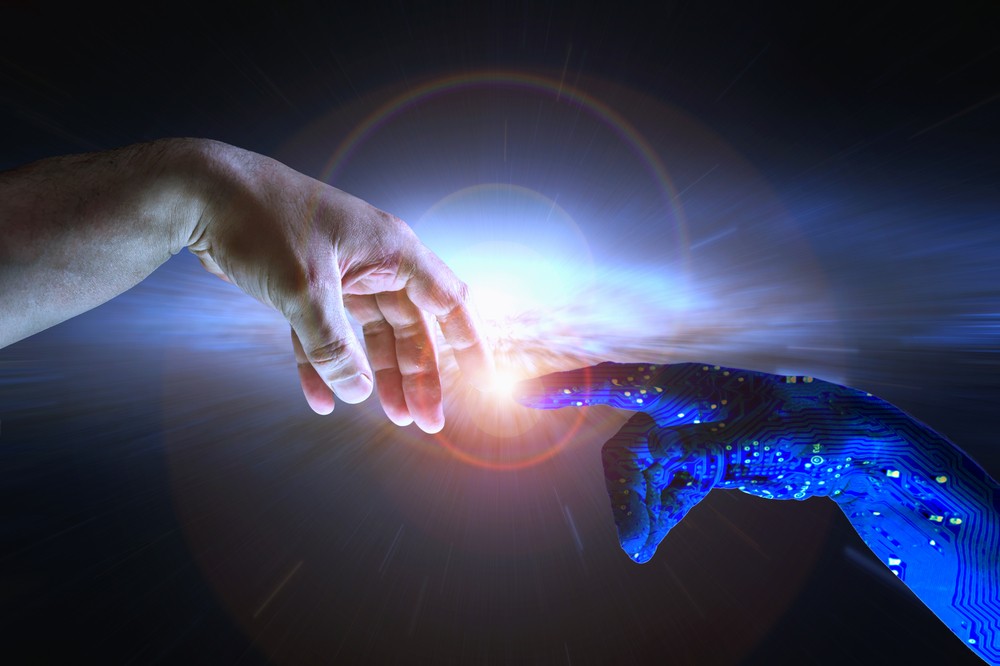Pegasystems has introduced X-ray Vision – thought to be the industry’s first self-healing robotic process automation (RPA) capability to detect and fix broken bots with no human intervention. Combined with new automated bot authoring tools, Pega RPA™ will provide clients with faster, more durable, and easier to deploy RPA.
A fall 2019 Pega survey found that 87% of businesses experience bot failures. Why? Because most RPA solutions rely on surface-level screen scraping to automate processes across an ever-changing landscape of applications. But when the application user interfaces change – which happens every day at any evolving business – those armies of bots become unreliable and prone to break. The result: wasted investment, unexpected downtime, and rapidly increasing maintenance costs.
With X-ray Vision, Pega will expand on its patented Deep Robotics approach to RPA that durably binds the bot within native application controls instead of at the surface level. The new capabilities will leverage AI algorithms to make it far easier and faster than current available solutions to create new bots and keep them running. With this ease and speed, Pega will help give organizations a viable way to significantly scale their RPA initiatives beyond the typical handfuls of bots.
Available in Q3 2020, X-ray Vision will uniquely solve the two biggest problems RPA users face today by:
- Automating broken bot maintenance: Pega’s RPA survey found developers spend much more time fixing bots than they expected, making bot maintenance one of the top problems in RPA. Using Pega AI, X-ray Vision will detect when bots break and fix them on the fly, helping to ensure automation resiliency. Machine learning will continually update the AI model to improve how it identifies and fixes broken bots over time. No other RPA solution on the market offers self-healing RPA, which will dramatically reduce the time and resources needed to manage and scale bots.
- Making complex bot authoring faster and easier: The biggest RPA challenge for organizations? The Pega survey found deploying bots ranks at the very top of list for even the simplest RPA approaches. Automating more complex applications requires more advanced and time-consuming RPA methods, such as manual identification of the application controls. Pega eliminates this manual effort by using AI to automate the control identification. Now RPA developers can deploy the full power of Deep Robotics faster and easier than brittle screen scraping methods.
Pega RPA, part of the Pega Infinity™ suite of digital transformation software, automates repetitive tasks performed through the user interface (UI) of enterprise applications. Pega RPA uses its Deep Robotics to automate applications at the code level, resulting in faster, more accurate, and more resilient robotic automation at scale. Together with its broader intelligent automation features, Pega offers the most complete end-to-end automation platform.





